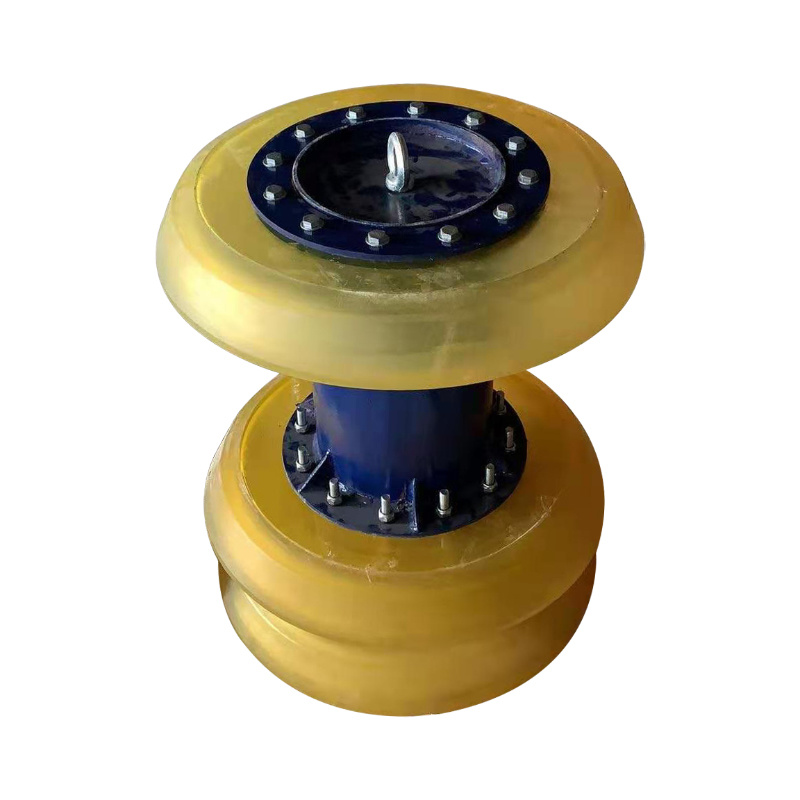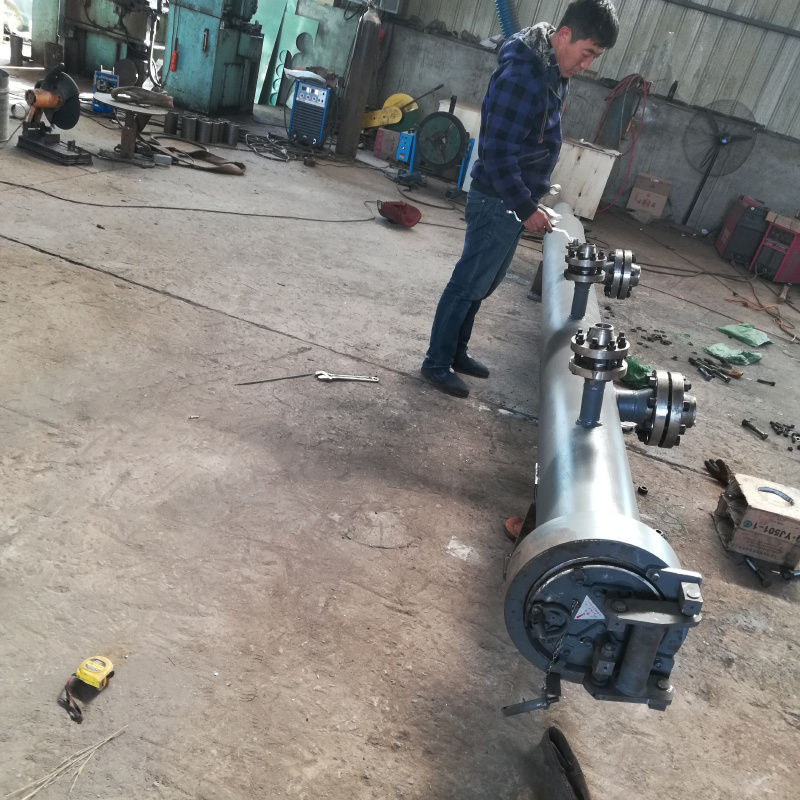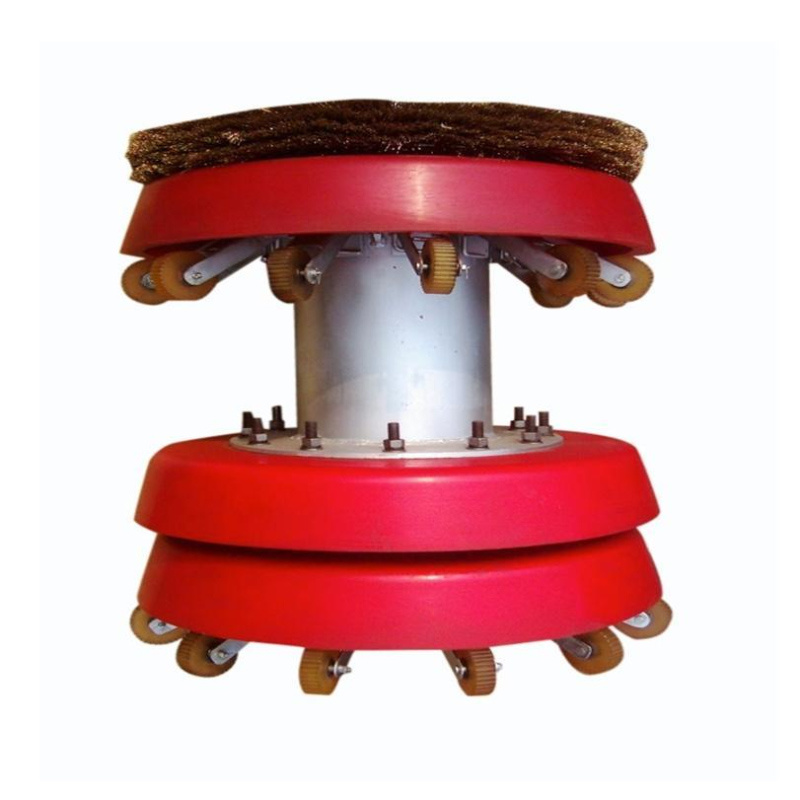The Impact of Oil Pipeline Sealing Pluggers on Project Timelines: Enhancing Efficiency and Safety
Oct 01,2025
The Impact of Oil Pipeline Sealing Pluggers on Project Timelines
In the intricate world of oil pipeline projects, timely execution is paramount. The efficiency of these projects heavily relies on the tools and materials employed throughout the process. One such vital component is the **oil pipeline sealing plugger**. This article delves into the impact of sealing pluggers on project timelines, hig

The Impact of Oil Pipeline Sealing Pluggers on Project Timelines
In the intricate world of oil pipeline projects, timely execution is paramount. The efficiency of these projects heavily relies on the tools and materials employed throughout the process. One such vital component is the **oil pipeline sealing plugger**. This article delves into the impact of sealing pluggers on project timelines, highlighting their benefits, applications, and how they can significantly enhance the efficiency of oil pipeline construction and maintenance.
Table of Contents
1. Introduction to Oil Pipeline Sealing Pluggers
2. Understanding the Role of Sealing Pluggers in Pipeline Projects
3. Benefits of Using Sealing Pluggers
1. Efficiency in Project Execution
2. Cost-Effectiveness and Resource Optimization
4. Types of Oil Pipeline Sealing Pluggers
1. Mechanical Pluggers
2. Inflatable Pluggers
3. Hydraulic Pluggers
5. Potential Challenges and Solutions
6. How Sealing Pluggers Contribute to Safety Standards
7. Case Studies: Real-World Impact of Sealing Pluggers
8. Conclusion
9. FAQs
Introduction to Oil Pipeline Sealing Pluggers
Oil pipeline sealing pluggers are essential devices designed to temporarily seal off sections of a pipeline during maintenance, inspection, or repair work. Their primary function is to create a barrier that prevents the flow of fluid within the pipeline, safeguarding workers and the environment from potential hazards. As oil and gas projects are often complex and involve significant investment, utilizing effective sealing solutions can directly influence project timelines and overall success.
Understanding the Role of Sealing Pluggers in Pipeline Projects
The role of oil pipeline sealing pluggers extends beyond just sealing and includes facilitating various operational procedures. By isolating sections of the pipeline, these tools allow for safe inspection, maintenance, or repair without interrupting the entire system. This operational flexibility is crucial, especially in extensive pipeline networks where downtime can lead to significant financial losses and project delays.
Benefits of Using Sealing Pluggers
The integration of sealing pluggers into pipeline projects offers multiple advantages that can enhance project timelines and outcomes.
Efficiency in Project Execution
Sealing pluggers streamline workflows by enabling simultaneous operations. While one section is isolated for maintenance, other parts of the pipeline can continue functioning, thus ensuring the project remains on track. This multifaceted approach not only saves time but also allows teams to allocate resources more effectively.
Cost-Effectiveness and Resource Optimization
By reducing downtime and facilitating quicker maintenance processes, sealing pluggers lead to significant cost savings. Companies can minimize the need for extensive manpower and equipment, ultimately optimizing resource use. The return on investment (ROI) associated with using sealing pluggers is often substantial, making them a preferred choice in pipeline construction.
Types of Oil Pipeline Sealing Pluggers
Understanding the different types of oil pipeline sealing pluggers is critical for selecting the appropriate tool for specific project requirements.
Mechanical Pluggers
Mechanical pluggers operate through a mechanical locking mechanism that creates a tight seal within the pipeline. They are favored for their simplicity and reliability, making them a go-to solution for various pipeline applications.
Inflatable Pluggers
These pluggers utilize inflatable materials to create a seal. Once inserted into the pipeline, they can be inflated to securely block the flow of fluids. Inflatable pluggers are particularly useful in situations where the pipeline diameter varies, as they can adapt to different sizes effectively.
Hydraulic Pluggers
Hydraulic pluggers employ hydraulic pressure to achieve a seal within the pipeline. They offer enhanced sealing capabilities and are often used in high-pressure systems, providing a robust solution for critical pipeline operations.
Potential Challenges and Solutions
While the advantages of sealing pluggers are clear, challenges can arise during their use. Understanding these challenges and implementing appropriate solutions is essential to maintain project timelines.
- **Installation Difficulties**: Proper training and adherence to best practices are crucial to ensure efficient installation of sealing pluggers.
- **Pressure Variations**: Fluctuating pipeline pressures can affect the performance of sealing pluggers. Utilizing pluggers designed for high-pressure systems can mitigate this risk.
- **Material Compatibility**: Ensuring compatibility between the sealing plugger materials and the fluids in the pipeline is essential to avoid degradation or failure.
How Sealing Pluggers Contribute to Safety Standards
Safety is a paramount concern in oil pipeline projects. Sealing pluggers play a vital role in enhancing safety standards by:
- **Minimizing Exposure**: By isolating sections of the pipeline, sealing pluggers reduce the risk of exposure to hazardous materials for workers during maintenance operations.
- **Preventing Spills and Leaks**: Effective sealing minimizes the chances of leaks or spills, protecting both the environment and the community.
Case Studies: Real-World Impact of Sealing Pluggers
Several projects have showcased the effectiveness of oil pipeline sealing pluggers in enhancing project timelines:
- **Case Study 1**: A major oil company implemented inflatable sealing pluggers during a pipeline inspection, resulting in a 30% reduction in downtime compared to previous projects.
- **Case Study 2**: A hydraulic plugger was utilized in a high-pressure pipeline system, allowing for simultaneous maintenance of multiple sections, which led to significant cost savings and timely project completion.
Conclusion
The implementation of oil pipeline sealing pluggers is transformative in the construction and maintenance of pipeline systems. By enhancing efficiency, safety, and cost-effectiveness, these tools significantly impact project timelines and overall success. Companies that invest in high-quality sealing solutions position themselves to navigate the complexities of pipeline projects effectively, ensuring timely delivery and operational excellence.
FAQs
1. What are oil pipeline sealing pluggers used for?
Oil pipeline sealing pluggers are used to temporarily seal sections of a pipeline during maintenance, inspection, or repair activities, ensuring safety and efficiency.
2. How do sealing pluggers improve project timelines?
Sealing pluggers allow for simultaneous operations in different pipeline sections, reducing downtime and enabling quicker maintenance processes.
3. Are there different types of sealing pluggers?
Yes, the main types include mechanical, inflatable, and hydraulic pluggers, each serving specific needs based on the pipeline application.
4. What safety benefits do sealing pluggers provide?
Sealing pluggers minimize worker exposure to hazardous materials and reduce the risk of spills and leaks, thus enhancing overall safety standards.
5. Can sealing pluggers be used in high-pressure pipelines?
Yes, there are specialized sealing pluggers designed to operate effectively in high-pressure systems, ensuring reliable sealing under demanding conditions.
This comprehensive overview of the impact of oil pipeline sealing pluggers on project timelines highlights their crucial role in optimizing efficiency, safety, and cost management within the oil and gas industry.
PREVIOUS:








